8 rules to choose the right audio monitors
Smart tips to choose the right equipment for your passion.
Another crucial step when creating music in a professional manner is the purchase of a pair of studio monitors.
Unfortunately, studio monitors are quite a complex piece of equipment, and in most cases it won’t be possible to take advantage of all its potentiality.
This guide is just a basic tutorial on how to choose your first studio monitors: for the ultimate audio setup, it is necessary for sound professionals to step in, as well as a good amount of money to spend in acoustic treatments.
If you want to know why this tutorial was made, you’ll find out more in this post:
And you got our entire website to hear if we’re talking about something that we can do.
We want to hear about you!
If you have found this post to be useful, share with us your experiences on our socials!
Maybe you could also add a link of what you’ve created, and by using the hashtag #lmkmprod we’ll be able to find all of you.
We’re looking forward to hearing from you!

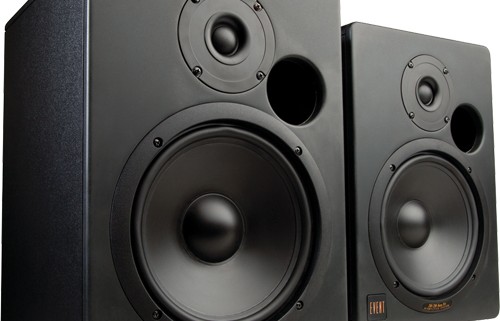

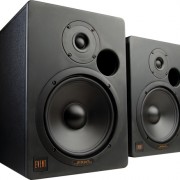
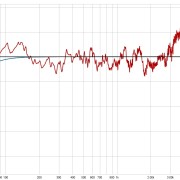

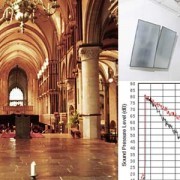
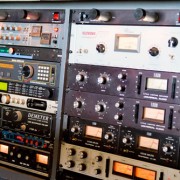


Choosing the correct audio monitors is essential if you’re a music producer, and these rules here will help you determine which monitors you should go far. I would like to thank the production team for writing this.
I think an 8” speaker without speaker would Best suit my Hollies-Big Star type of music. And no subwoofer.
Hey!
Thanks for the enlightening information. Is a 6×2 room enough for 8 inches?
Meanwhile, the ceiling height is 2.2 m. I’m sorry I forgot to mention that. Actually the correct dimensions are 6×2,5×2,2M.
J’ai besoin acheter ce type speaker studio .
Comment vous pouvez m’aider?
Great Article! Thank you for sharing this is a very informative post, and looking forward to the latest one
this information helped me to understand a lot of things about the to choose best suitable studio monitors and speaker under my budget .thanks a lot
Thanks for sharing, the answer for my questions came from rule #2, 3, 4, 5.
It really helps and rule #5 is awesome… Which Brand? It’s not that important..